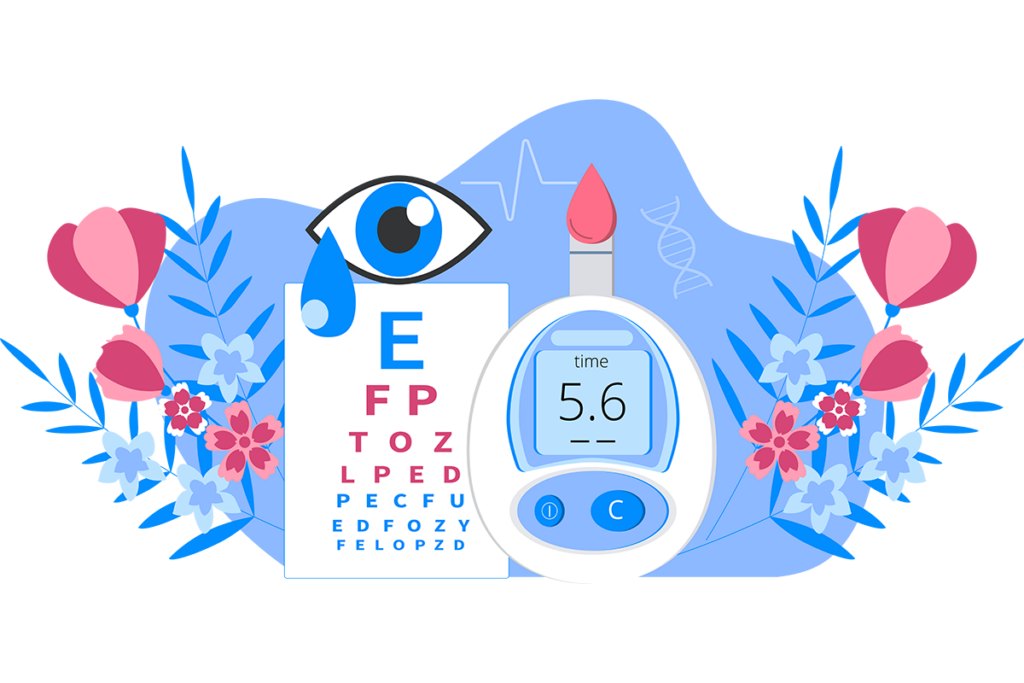Purpose
To determine rates of eye examinations and diabetic eye disease in the first 5 years after diagnosis of type 2 diabetes (DM2) among continuously insured adults.
Design
Retrospective, longitudinal cohort study.
Participants
Insured patients aged 40 years or older with newly diagnosed DM2 (n = 42 684), and control patients without diabetes matched on age, sex, and race were identified from a nationwide commercial claims database containing data from 2007 to 2015.
Methods
All patients were tracked for 6 years: 1 year before and 5 years after the index diabetes diagnosis. Receipt of eye care for individual patients was identified using International Classification of Diseases 9th edition (ICD-9) procedure codes or Current Procedural Terminology (CPT) codes indicating an eye examination, as well as encounters indicating the patient was seen by an ophthalmologist. A diagnosis of diabetic eye disease was determined by using ICD-9 codes.
Main Outcome Measures
Outcome measures included annual receipt of eye care and development of diabetic eye disease, namely, diabetic retinopathy (DR). Associations between these outcomes and demographic factors were tested with multivariable logistic regression.
Results
Diabetic patients received more eye examinations than controls in each year, but no more than 40.4% of diabetic patients received an examination in any given year. Patients with Medicare Advantage received fewer eye examinations at 5 years (odds ratio [OR], 0.79; P < 0.01) than those with private insurance but were less likely to develop DR (OR, 0.71; P < 0.01). Hispanic patients had higher rates of DR (OR, 1.60; P < 0.01) and received fewer eye examinations (OR, 0.75; P < 0.01) at 5 years compared with White patients. Men received fewer eye examinations (OR, 0.84; P < 0.01) and were more likely to develop DR at 5 years (OR, 1.17; P < 0.01) than women. Patients with higher education were more likely to receive an eye examination and less likely to develop DR.
Conclusions
The majority of diabetic patients do not receive adequate eye care within the 5 years after initial diabetes diagnosis despite having insurance. Efforts should be made to improve adherence to screening guidelines, especially for vulnerable populations.
The full study is available in ScienceDirect.
